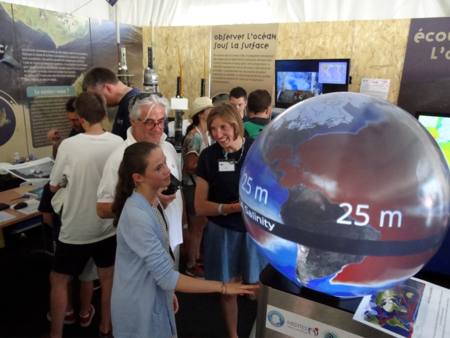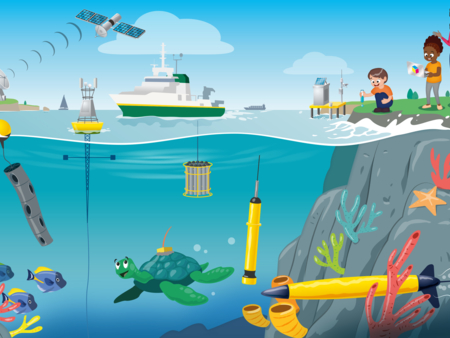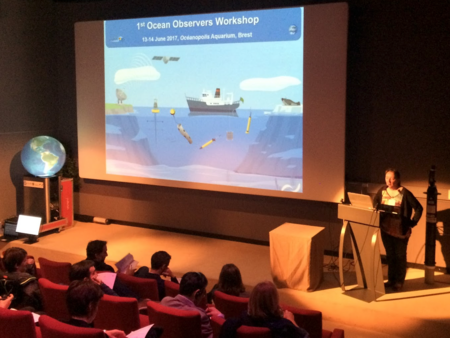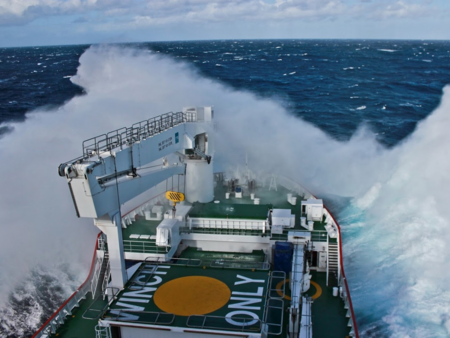Unit 1: "The Mediterranean Sea"
The Mediterranean is much more than a sea enclosed between three continents, it is a key place that is home to Europe's greatest biodiversity in a constant and delicate balance that we must strive to preserve. Some of us bathe in its waters, it is a source of food and an economic engine, but do you really know it?




